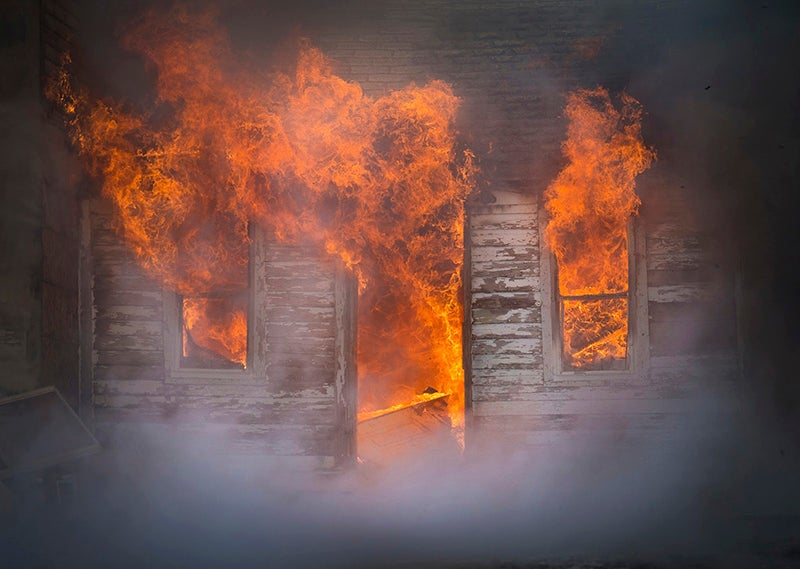Editorial: Residential fires increase during winter months
Published 8:47 pm Monday, November 19, 2018
With the increase of heating, lighting and cooking during winter months, the risk rises for residential fires. With winter weather now around us, it is important to be cautious about what things can start home fires and how you can work to prevent them.
According to the Minnesota Department of Public Safety, the leading cause of structure fires last year in Minnesota was cooking. The top two factors last year in these fires were unattended equipment and combustibles too close to a heat source.
The agency advises people to stay in the kitchen when cooking. Turn off the stove and move the pan from the burner if you leave the room.
Keep things that can burn, such as oven mitts, towels and wooden spoons, at least three feet from the stove, and in the case that a fire starts while cooking, slide a tight-fitting lid on the pan and turn off the heat.
Regarding safety with Christmas trees, make sure to keep trees away from heat vents and other heat sources. Use only nonflammable decorations and throw out any holiday lights that show signs of fraying. Remove the tree from your home when the needles are brittle or begin to fall off.
As it gets cold, it is not uncommon for people to turn to other heating sources, such as space heaters, gas-burning heaters, wood stoves and fireplaces.
The Department of Public Safety offers the following tips for these alternate heating sources:
• Place any portable heating device at least 3 feet away from anything combustible, including paper, curtains, bedding and clothes.
• Monitor space heaters carefully. Turn off space heaters when you leave your home and before bedtime.
• Do not dry mittens or other combustibles over a space heater.
• Check cords for frays or breaks in insulation surrounding the wires.
• Check cords and outlets for overheating. If they feel hot, turn them off.
• Any heating appliance with an open flame needs to be vented to the outside.
• Follow manufacturers’ instructions and recommendations.
• Cool units before refueling outside the structure.
• Make sure wood stoves are properly ventilated.
• Have a professional inspect chimneys at the start of each heating season.
• Firmly place fireplace screens when burning.
• Make sure smoke detectors are working properly.
Protect your family by following these guidelines.


